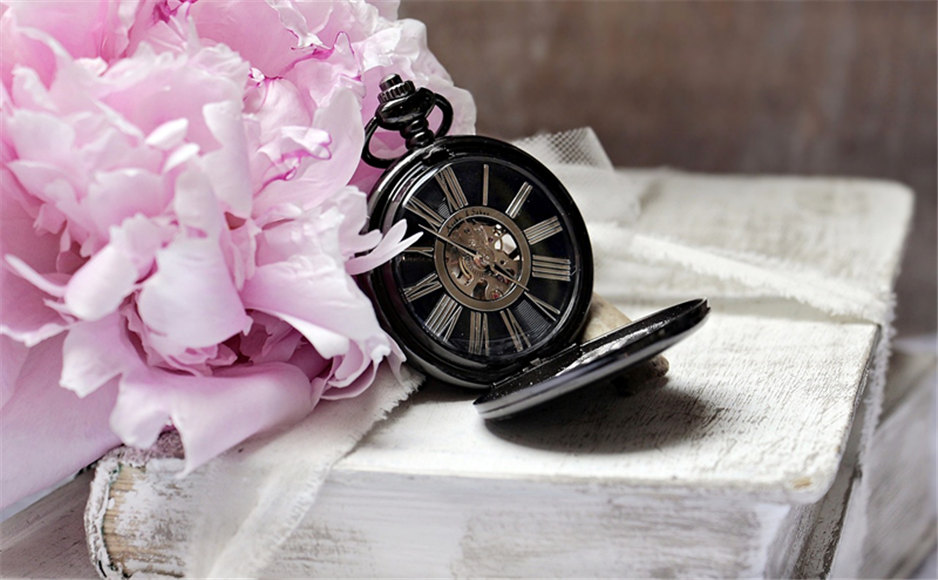Comparing UY Connector and UY2 Connector
What is the difference between "UY connnector " and "UY2 connector " ?
The "UY connector" and "UY2 connector" are both types of inline connectors used primarily in telecommunications and electrical applications, but they have some key differences:
1. Number of Connections:
- UY Connector: Designed for a single pair of wires, making it suitable for straightforward splicing tasks.
- UY2 Connector: Can accommodate two pairs of wires, allowing for more complex connections and reducing the number of individual connectors needed in a setup.
2. Physical Size:
- UY Connector: Generally smaller and more compact due to its single-pair design.
- UY2 Connector: Larger in size, as it needs to provide space for the additional pair of wires.
3. Application Scope:
- UY Connector: Best used in simple applications or when connecting a single telephone line or data line.
- UY2 Connector: More suitable for installations requiring multiple lines, such as in networking environments where several connections might be needed at once.
4. Installation Complexity:
- UY Connector: Simpler to install, as it only requires splicing two wires.
- UY2 Connector: May involve a bit more complexity during installation due to the additional wires, but it simplifies the overall connection process by consolidating multiple splices into one connector.
5. Cost and Efficiency:
- UY Connector: Typically less expensive on a per-unit basis since it's a simpler design.
- UY2 Connector: While it may be slightly more expensive, it can be more cost-effective in situations where multiple connections are needed, reducing the total number of connectors required.
6. Performance:
- Both connectors are designed to provide reliable connections, but the UY2's ability to connect multiple pairs can reduce potential points of failure in installations where several lines are run close together.
For More information, pls visit here UY connectore (TP-1310-UY)
and UY2 connector (TP-1310-UY2) What are they have in common ?
What are they have in common ?
The UY and UY2 connectors share several common features and characteristics:
-
Purpose: Both connectors are designed for splicing insulated wires together, making them essential tools in telecommunications and electrical work.
-
Installation Method: They both typically use a crimping mechanism, allowing for quick and secure connections without the need for soldering (For the crimping tools, pls visit here TP-5931-311 ).
).
-
Material: Both types are often made from similar materials, such as durable plastic for the housing and metal for the contacts, ensuring longevity and reliable performance.
-
Compatibility: They are generally compatible with various wire gauges, which allows for versatility in different wiring applications.
-
Weather Resistance: Many UY and UY2 connectors are designed to be weather-resistant, suitable for outdoor installations and environments with varying conditions.
-
Color Coding: Some versions of both connectors may feature color coding to help installers identify the right connectors quickly and facilitate proper wiring practices.
-
Regulatory Standards: Both types typically adhere to industry standards for safety and performance, ensuring they meet the necessary requirements for telecommunications and electrical installations.
These commonalities make both connectors integral to effective and efficient wire splicing in a variety of applications.
So which one is better for us?
Choosing between the UY and UY2 connectors depends on your specific needs and the nature of your projects.
Here are some considerations to help you decide:
Choose UY Connector if:
- Single Connections: You typically need to connect individual pairs of wires without the need for multiple splices.
- Space Constraints: Your installations have limited space and don’t require the bulk of a larger connector.
- Simplicity: You prefer a straightforward installation process for basic wiring tasks.
Choose UY2 Connector if:
- Multiple Connections: You frequently need to splice together multiple pairs of wires in one location, which can streamline your installations.
- Efficiency: You want to reduce the total number of connectors used in a project, simplifying inventory and installation.
- Future Scalability: You anticipate needing to add more connections in the future, making a multi-pair connector a more flexible choice.
Conclusion:
If your company often deals with projects that require multiple wire connections or if you work in environments where space and efficiency are crucial, the UY2 connector might be the better option.
However, for simpler projects with single connections, the UY connector remains a reliable and cost-effective choice. Consider your typical project requirements and installation scenarios to make the best decision!
Product Vedio of UY connector
Product Vedio of UY2 connector






